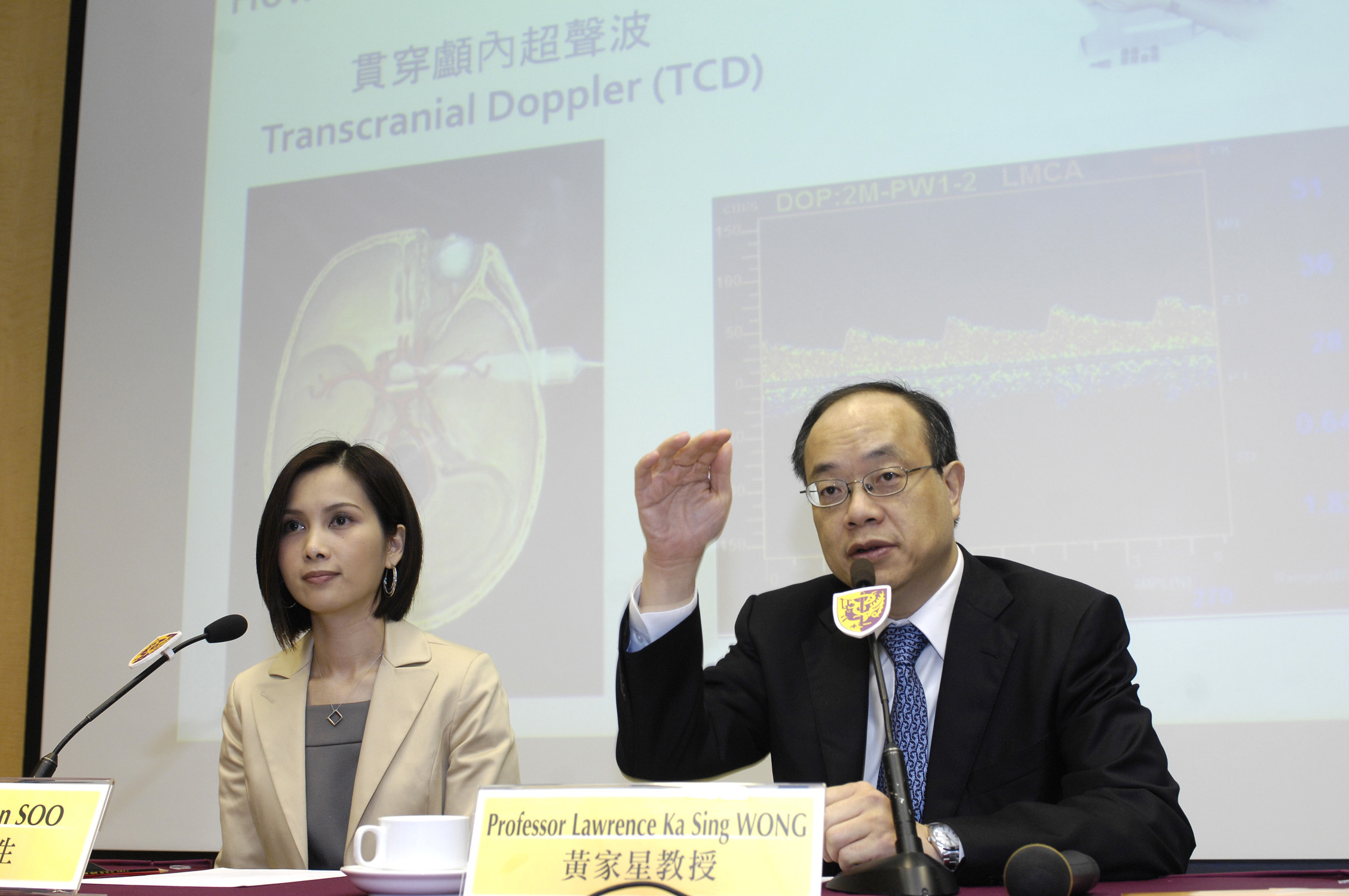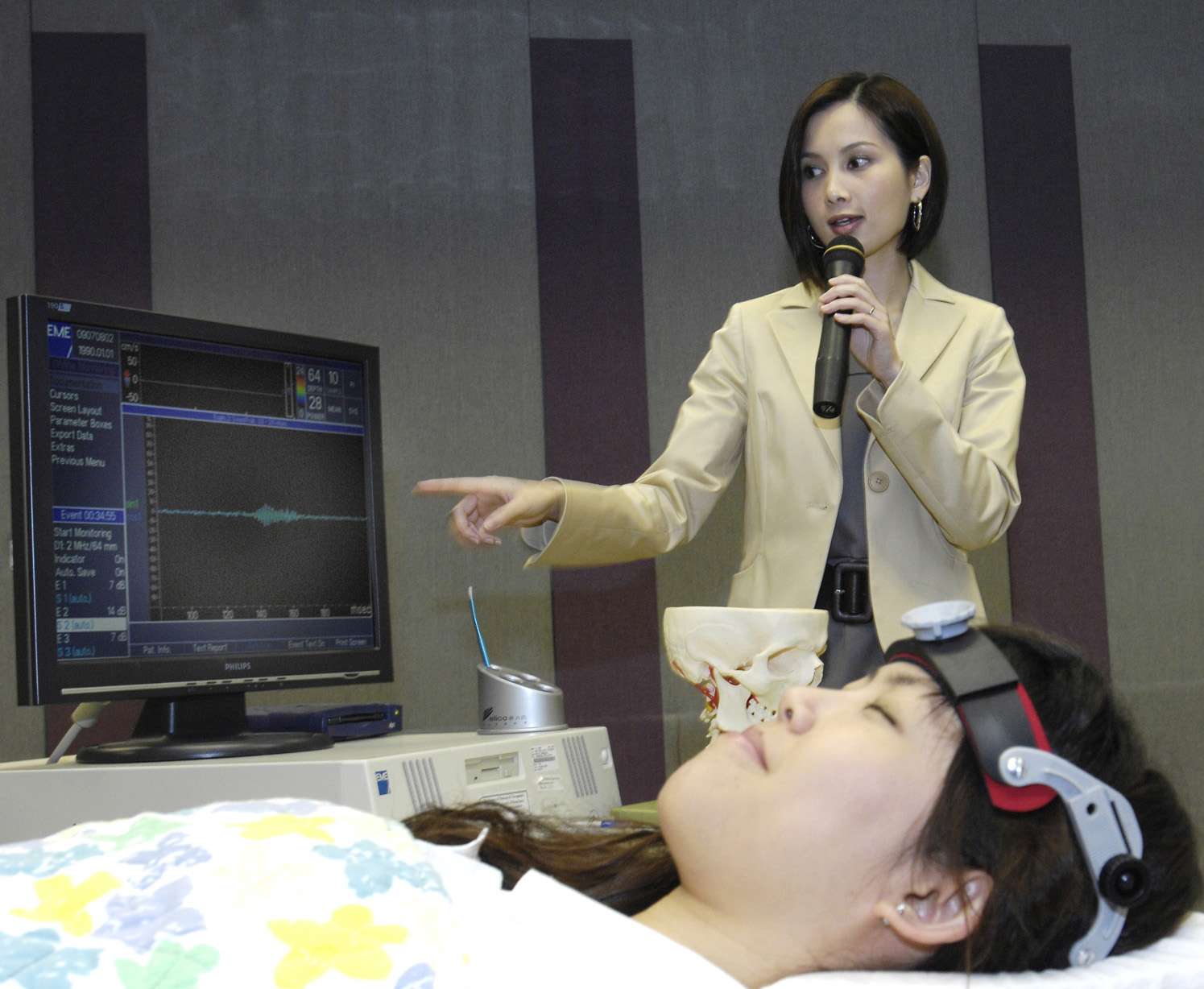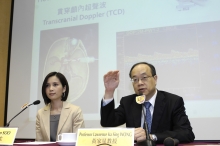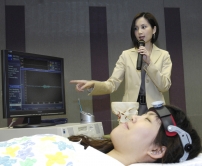CUHK
News Centre
CUHK Proves Dual Anti-platelet Therapy is More Effective than Aspirin in Reducing Embolisation and Preventing Recurrent Stroke
Ischaemic stroke is characterized by loss of brain functions due to inadequate blood supply to brain, which can lead to permanent physical disabilities, such as paresis and numbness of one side of limbs, slurred speech and dysphagia, etc. For adults, stroke is the most common cause of long-term disability, and the third leading cause of death worldwide. In terms of pathophysiology, Asians have a distinct stroke mechanism, where intracranial stenosis accounts for one-third to half of the ischaemic stroke, as compared to 8-10% in Caucasians. Unfortunately, there is lack of clinical trials for early effective treatment for this specific stroke mechanism, which is common in our locality.
The Chinese University of Hong Kong (CUHK) had pioneered a study with other stroke centers in Asia and a laboratory in the United Kingdom to perform the CLAIR study (i.e. The CLopidogrel plus Aspirin for Infarction Reduction in acute stroke or transient ischaemic attack patients with large artery stenosis and microembolic signals) from 2003 to 2008. The aim of the study is to investigate the use of dual therapy with clopidogrel plus aspirin in preventing microembolism arising from intracranial stenosis in the early phase of acute ischaemic stroke.
It is a multicenter trial with patients recruited at sites in Hong Kong, Singapore, the mainland, Thailand, and Malaysia. Recruitment criteria were patients with acute ischaemic stroke or transient ischaemic attack, who had symptomatic large artery stenosis and microembolic signals detected on transcranial doppler (TCD). A total of 98 patients were recruited. 46 patients were randomized to receive seven days of dual therapy with clopidogrel plus aspirin, and the remaining 52 received aspirin monotherapy. TCD was performed to all 98 patients at baseline, day two and day seven after admission. All TCD recordings were centrally reviewed by a laboratory in St. George’s, University of London.
On day two, less patients in the dual therapy group (31.1%) were found to have microembolic signals as compared with patients on the monotherapy group (54%). In addition, the average number of microembolic signals was lower in the dual therapy group (0.5) as compared to the monotherapy group (2.2). The beneficial effect of dual therapy was sustained till day seven after admission. During the seven-day study period, no patients in the dual therapy group had recurrent ischaemic stroke, while there were two cases in the monotherapy group. Adverse events were similar between the two groups. No patients had severe systemic or intracranial haemorrhage, but two patients in the dual therapy group had minor skin haemorrhage. A meta-analysis adding the CLAIR results to the other published studies confirmed that dual therapy can reduce recurrent stroke by 6%. For every 16 patients treated for seven days, one stroke can be prevented by adding clopidogrel to aspirin.
In summary, the study demonstrated that combination therapy with clopidogrel and aspirin is more effective than aspirin alone in reducing microembolic signals in patients with intracranial stenosis. Further clinical trials are warranted to investigate whether this combination treatment may be effective in preventing clinical stroke recurrence. The above study has been electronically published in Lancent Neurology in April 2010.
(from left) Dr Yannie Oi Yan SOO, Honorary Clinical Tutor, Division of Neurology, Department of Medicine and Therapeutics, CUHK and Professor Lawrence Ka Sing WONG, Mok Hing Yiu Professor of Medicine, CUHK







